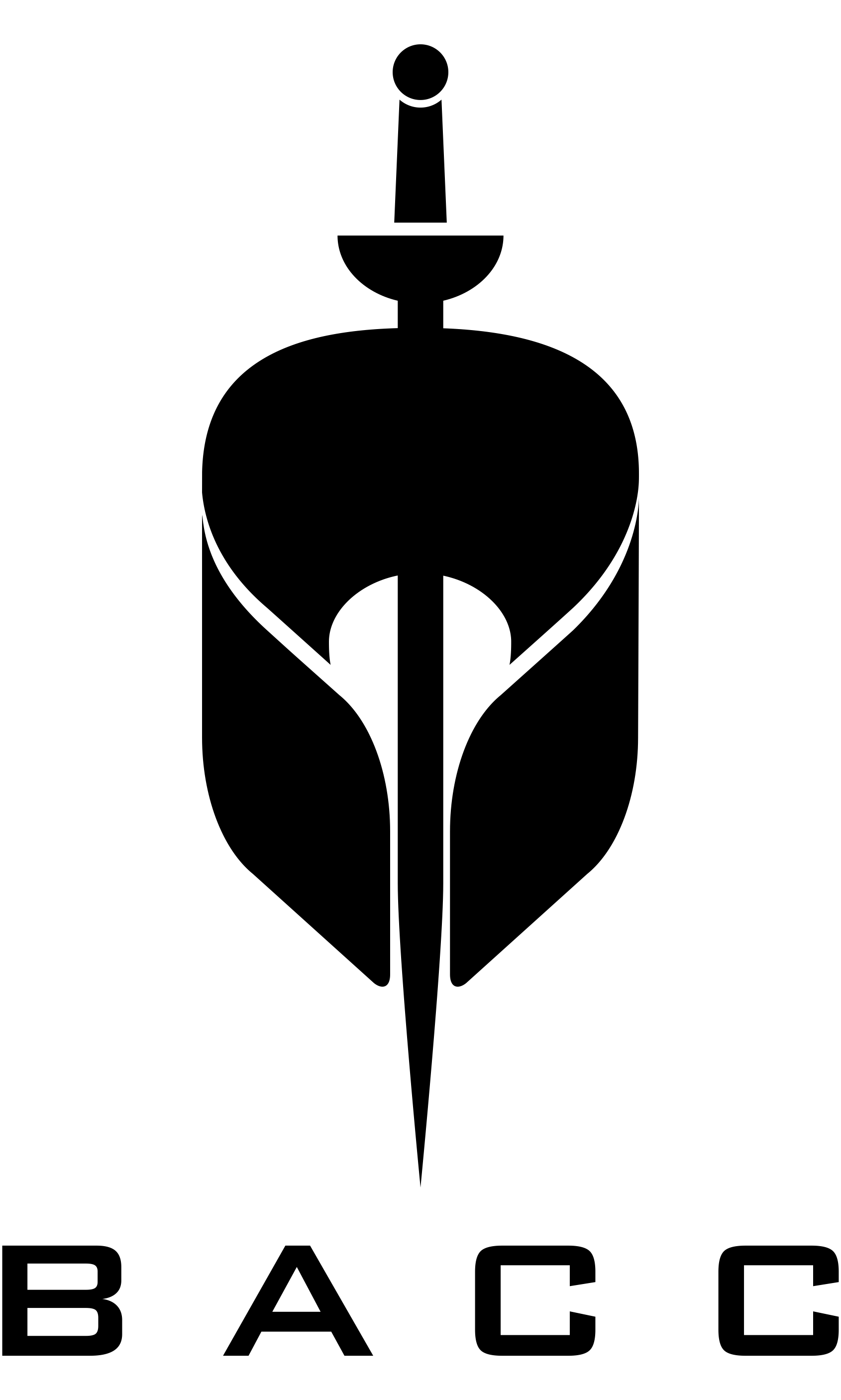FAQ
How effective is a bullet proof vest?
After many years of trials and errors, developers discovered materials that could be used to make bullet proof vests. When someone purchases a bullet proof vest, they often think that the vest is truly bullet proof. A bullet proof vest is actually bullet resistant. This means that it will stop certain types and size bullets travelling up to a certain speed from penetrating the vest, and entering the individual. Even if a vest is strong enough to stop the bullet penetrating, the wearer may still suffer injury. If the vest stops a bullet, it may still force the vest fabric into the body of the individual. This can cause bruising, or more severe internal injury. Fortunately, our soft body armor panels disperse this impact across the panel, minimizing this effect to safe levels. Equally, a strong enough impact may even knock a wearer down. This may also lead to injury.
How does a bullet proof vest fit and what should it cover from the body?
When you are wearing a bullet proof vest, you need to ensure that it fits you properly. Vests are not made one-size-fits all. They are made to fit exact body types and heights. A bullet proof vest should not rest below the bellybutton. Many people make the mistake of assuming that the vest should go down to their waist. However, having a vest hang this low can restrict the mobility that the wearer has, and may make simple actions, such as being sat down, uncomfortable. Our bullet proof vests give many of the internal organs protection, including the body’s vital organs. Although the vest should not extend down to protect the kidneys or the intestines, an injury here should not prove fatal. Therefore, protection is sacrificed here to allow greater wearability.
What is a “blunt trauma”?
Blunt trauma is the damage to the internal organs caused by the transfer of kinetic energy to the body from the vest, or the degree of deformation of the armor that occurs when body armor is struck by a projectile, such as a bullet. The highest acceptable level of deformation by the body armor industry and National Institute of Justice (NIJ) is currently 44mm and this deformation is measured in the backing material, used to simulate flesh or tissue during a ballistic testing procedure.
What is BFS?
BFS (Back face Signature) is a measure of how far into the body the projectile penetrates before it is stopped. There is a degree of trauma but the vest does not entirely fail. The highest permissible level of deformation by the security industry and the National Institute of Justice (NIJ) is currently 44 mm where there is a degree of injury, but the vest does not completely fail.
What is the difference between a stab proof vest & a bullet proof vest?
If you feel that you need body armor in order to keep yourself safe, you need to be sure that you are choosing body armor that fits your unique needs! Some body armors are made to be stab (edged blade and/or spike) resistant and other body armor that is made to be bullet proof. Some body armors are made to be stab (edged blade and/or spike) resistant and other body armor that is made to be bullet proof. Equally, a bullet proof vest may offer no protection to bladed weapons. Also, a vest which is bullet and edged blade resistant may offer no protection to spike threats (i.e. screwdrivers, knitting needles, syringes etc.). Given these facts, you must carefully consider the threats in your environment, and decide which protection levels are most suitable for your needs. Only then can you know which level of ballistic and/or stab and/or spike protection you should select.



